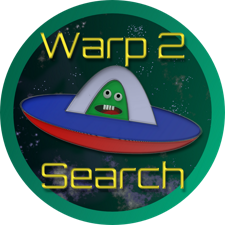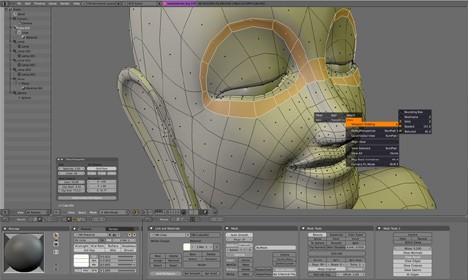Blender 4.5.2 has been released, showcasing the continuous evolution of this powerful and free open-source 3D animation suite. Designed to handle the complete 3D production pipeline, Blender encompasses various functionalities including modeling, rigging, animation, simulation, rendering, compositing, motion tracking, video editing, and even game development.
Advanced users can leverage Blender's API for Python scripting to create custom features and specialized tools, which often find their way into future updates. This flexibility makes Blender particularly beneficial for individuals and small studios, as it provides a cohesive workflow and a responsive development environment. Many successful projects that utilize Blender can be found in its showcase, highlighting its capabilities in real-world applications.
Blender is compatible across multiple platforms, including Linux, Windows, and macOS, ensuring a consistent user experience through its OpenGL-based interface. For users seeking detailed compatibility information, a list of supported platforms is available, indicating those rigorously tested by the development team.
As a community-driven project governed by the GNU General Public License (GPL), Blender thrives on contributions from users, allowing for modifications that lead to new features, prompt bug fixes, and improved usability. While Blender is available at no cost, users are encouraged to invest in its development and actively participate in its evolution, reinforcing the notion that Blender is not just a tool but a collaborative platform for 3D creation.
With the release of version 4.5.2, users can expect enhancements that further support their creative endeavors, making it an exciting time for both new and experienced Blender users to explore the possibilities within this dynamic software
Advanced users can leverage Blender's API for Python scripting to create custom features and specialized tools, which often find their way into future updates. This flexibility makes Blender particularly beneficial for individuals and small studios, as it provides a cohesive workflow and a responsive development environment. Many successful projects that utilize Blender can be found in its showcase, highlighting its capabilities in real-world applications.
Blender is compatible across multiple platforms, including Linux, Windows, and macOS, ensuring a consistent user experience through its OpenGL-based interface. For users seeking detailed compatibility information, a list of supported platforms is available, indicating those rigorously tested by the development team.
As a community-driven project governed by the GNU General Public License (GPL), Blender thrives on contributions from users, allowing for modifications that lead to new features, prompt bug fixes, and improved usability. While Blender is available at no cost, users are encouraged to invest in its development and actively participate in its evolution, reinforcing the notion that Blender is not just a tool but a collaborative platform for 3D creation.
With the release of version 4.5.2, users can expect enhancements that further support their creative endeavors, making it an exciting time for both new and experienced Blender users to explore the possibilities within this dynamic software
Blender 4.5.2 released
Blender is a free and Open Source 3D animation suite that supports the entirety of the 3D pipeline—modeling, rigging, animation, simulation, rendering, compositing, motion tracking, even video editing, and game creation.


